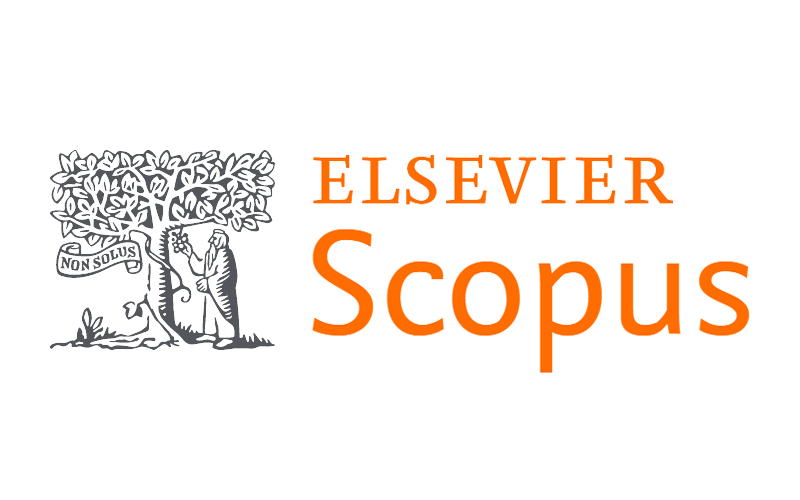Informal gold miners with mercury toxicity: Novel asymmetrical neurological presentations
DOI:
https://doi.org/10.7196/SAMJ.2023.v113i12.1127Keywords:
Mercury, Toxicity, Miners, Informal, Neurology, Ataxia, Encephalopathy, SeizuresAbstract
Mercury is a highly toxic heavy metal that may cause neurological, respiratory, gastrointestinal and dermatological illnesses. Previously described neurological manifestations of mercury toxicity are symmetrical, and include a pancerebellar syndrome, generalised seizures and encephalopathy. Mercury is used in the gold mining process, and in artisanal or illicit gold mining, often without necessary protection. Here we describe the cases of two artisanal gold miners from western Johannesburg, South Africa, who presented with atypical neurological manifestations of mercury toxicity. Patient 1 presented with focal seizures, an asymmetrical cerebellar syndrome and an acute encephalopathy. Patient 2 had unilateral cerebellar ataxia. Both patients had toxic mercury levels, with no other cause identified for their symptoms. Patient 1 responded well to chelation therapy, but patient 2 refused admission and further medical treatment. The neurological manifestations of mercury toxicity are typically symmetrical, whereas our two patients presented with markedly asymmetrical features. It is important to maintain a high index of suspicion for mercury poisoning, even in patients with atypical and unilateral or asymmetrical presentations. A prompt diagnosis and the commencement of early chelation therapy have the potential to produce good outcomes.
References
Syversen T, Kaur P. The toxicology of mercury and its compounds. J Trace Elem Med Biol 2012;26(6):215-226. https://doi.org/10.1016/j.jtemb.2012.02.004
BerlinM,ZalupsRK,FowlerBA.HandbookontheToxicologyofMetals.3rded.London:Elsevier,2005.
Environmental Health Department, Ministry of the Environment, Japan. Minimata Disease: The
History and Measures. Tokyo: Government of Japan, 2002.
Bakir F, Damluji SF, Amin Zaki I. Methylmercury poisoning in Iraq: An interuniversity report. Science
;181(4096):230-241.
Ronald E. Mercury hazards from gold mining to humans, plants, and animals. Rev Environ Contam
Toxicol 2004;181:139-198. https://doi.org/10.1007/0-387-21733-9_4
Robin A, Bernhoft. Mercury toxicity and treatment: A review of the literature. J Environ Public Health
;2012:460508. https://doi.org/10.1155/2012/460508
Hursh JB, Clarkson TW, Miles EF, et al. Percutaneous absorption of mercury vapor by man. Arch
Environ Health 1989;44:120-127. https://doi.org/10.1080/00039896.1989.993438
Jackson AC. Chronic neurological disease due to methylmercury poisoning. Can J Neurol Sci
;45(6):620-623. https://doi.org/10.1017/cjn.2018.323
Gillian B, Kusin S, Carl-Gustaf E. Mercury toxicity. Uptodate: 13 Jun 2022.
Mhlongo SE, Amponsah-Dacosta F, Muzerengi C, et al. The impact of artisanal mining on rehabilitation efforts of abandoned mine shafts in Sutherland goldfield, South Africa. Jàmbá J Disaster Risk Stud 2019;11(2):688. https://www.jamba.org.za/index.php/JAMBA/article/view/688 (accessed 14 February 2022).
Ali M, Hery S, Putri SA. Mercury toxicity potential from artisanal and small-scale gold mines in Lebong Regency, Bengkulu Province. E3S Web Conference 2018;73:06002. https://doi.org/10.1051/ e3sconf/20187306002
Veiga MM, Hinton JJ. Abandoned artisanal gold mines in the Brazilian Amazon: A legacy of mercury pollution. Nat Resour Forum 2002;26(1):15-26.
Steckling N, Tobollik M, Plass D, et al. Burden of disease of mercury used in artisanal small-scale gold mining. Ann Glob Health 2017;83(2):234-247. https://doi.org/10.1016/j.aogh.2016.12.005
City of Johannesburg. Mining. Johannesburg: City of Johanesburg, 2018. https://www.joburg.org.za/ work_/keysectors/Pages/Mining.aspx#:~:text=The%20major%20gold%20and%20diamond,South%20 Africa’s%20total%20mineral%20production (accessed 13 May 2023).
Mining.com. Gang battles over abandoned gold mines in South Africa. Mining.com, 2015. https:// www.mining.com/gangs-battle-over-abandoned-gold-mines-in-south-africa/ (accessed 13 May 2023). 16. Kim Y, Kim JW. Toxic encephalopathy. Saf Health Work 2012;3(4):243-256. https://doi.org/10.5491/
SHAW.2012.3.4.243
RopperAH,AdamsRD,VictorM,etal.AdamsandVictor’sPrinciplesofNeurology.8thed.NewYork: McGraw-Hill, 2005.
Korogi Y, Takahashi M, Okajima T, et al. MR findings of Minamata disease – organic mercury poisoning. J Magn Reson Imaging 1998;8(2):308-316. https://doi.org/10.1002/jmri.1880080210
Yukun Y. Methylmercury: A potential environmental risk factor contributing to epileptogenesis. Neurotoxicology 2012;33(1):119-126.
National Department of Health, South Africa. Essential Drugs Programme. Hospital Level (Adults) Standard Treatment Guidelines and Essential Medicines List. 5th ed. Pretoria: NDoH, 2019.
Poison informations helpline. https://www.westerncape.gov.za/service/poisons-information-helpline- western-cape (accessed 13 May 2023).
Downloads
Published
Issue
Section
License
Copyright (c) 2023 J George, E Sadiq, I Moola, S Maharaj, A Mochan

This work is licensed under a Creative Commons Attribution-NonCommercial 4.0 International License.
Licensing Information
The SAMJ is published under an Attribution-Non Commercial International Creative Commons Attribution (CC-BY-NC 4.0) License. Under this license, authors agree to make articles available to users, without permission or fees, for any lawful, non-commercial purpose. Users may read, copy, or re-use published content as long as the author and original place of publication are properly cited.
Exceptions to this license model is allowed for UKRI and research funded by organisations requiring that research be published open-access without embargo, under a CC-BY licence. As per the journals archiving policy, authors are permitted to self-archive the author-accepted manuscript (AAM) in a repository.
Publishing Rights
Authors grant the Publisher the exclusive right to publish, display, reproduce and/or distribute the Work in print and electronic format and in any medium known or hereafter developed, including for commercial use. The Author also agrees that the Publisher may retain in print or electronic format more than one copy of the Work for the purpose of preservation, security and back-up.





